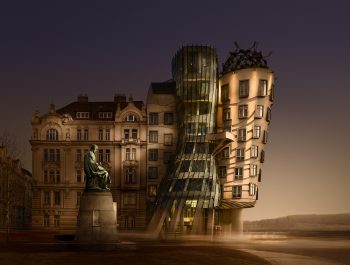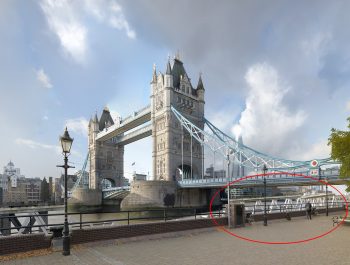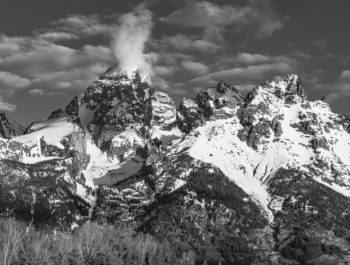Compelling Photographs Are Engaging ‘Signals’
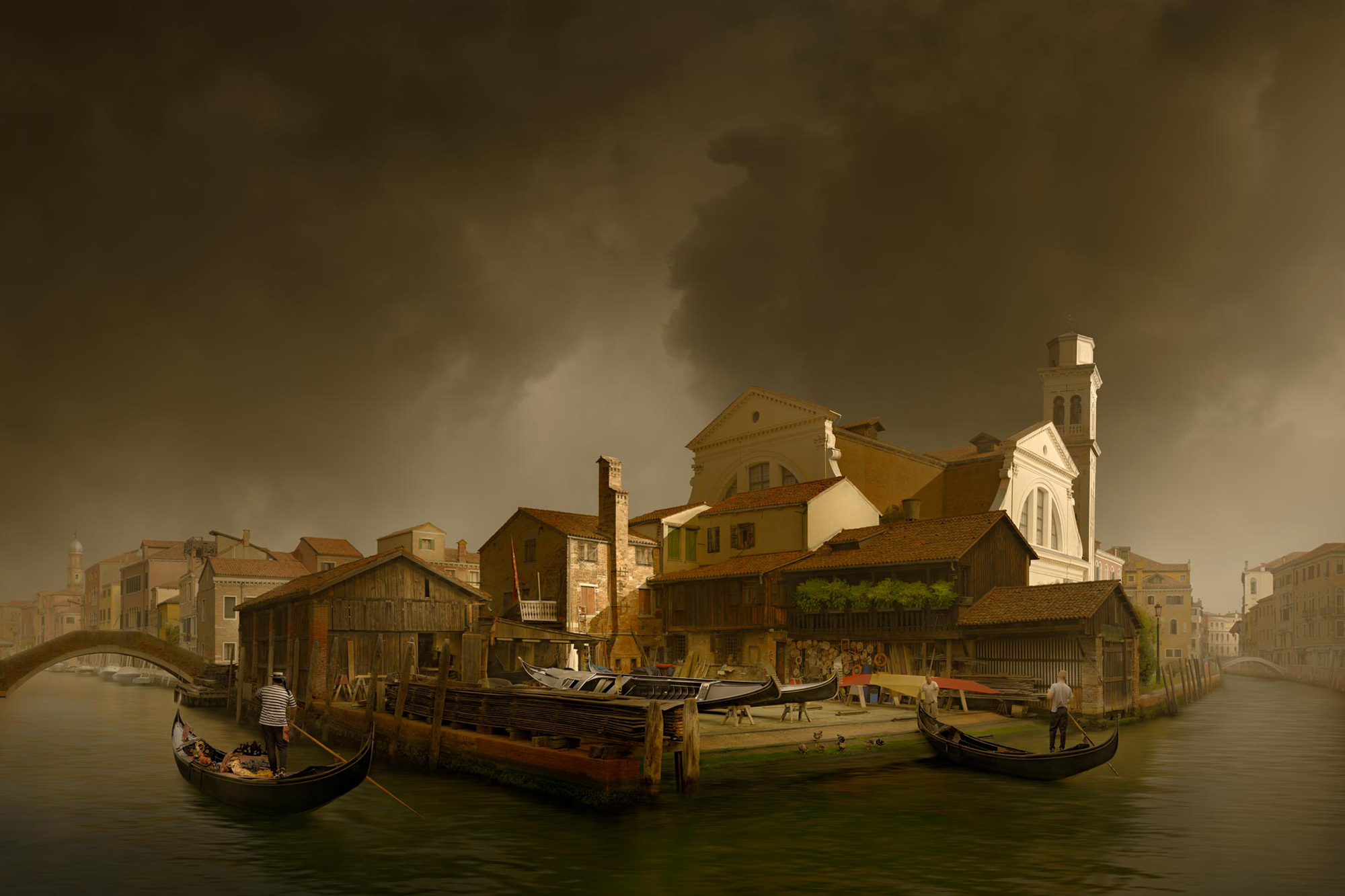
Imagine you go to my lecture on photography in London. You sit patiently in the auditorium, waiting for my presentation. Then I walk on stage. To your surprise and bewilderment, I speak in Japanese. I love giving lectures and speaking Japanese; both give me great enjoyment.
I’m having fun expressing myself – but I am not ‘communicating’ with you. – My words don’t ‘stimulate’ you because you don’t understand what I’m saying, so you don’t benefit. Equally, imagine I speak in English but include irrelevant subjects, such as car mechanics and picking mushrooms. – In that case, my lecture doesn’t ‘stimulate’ you because my point is unclear and confusing.
It’s irrelevant to you that I’m enjoying myself and having fun speaking Japanese; this doesn’t benefit you. – What defines a good lecture is the message I communicate and the thought-provoking ‘stimulation’ my lecture provides. As an audience member, you expect me to speak in a language you understand and stimulate you with clear, concise information. – What you do with the information is unique to each of us and beyond my control.
Let’s Look At Photography
It is often said photographs need a ‘story,’ but people have difficulty making the connection; a better word is ‘stimulate.’ The photographer’s job is to ‘stimulate’ the viewer’s curiosity, imagination, thoughts, and feelings. Viewers may not ‘like’ the photograph, but it should ‘stimulate’ them. We have no control over the precise stimulation; the photographer’s job is only to ignite that stimulation, and the priority is what it stimulates, not what the picture shows; stimulation defines a good picture; fun, self-enjoyment, and technical quality guarantees nothing.
My fun and self-enjoyment don’t directly benefit you as a viewer, and my self-expression doesn’t guarantee it communicates anything. If I don’t clearly, concisely, and visually communicate an idea so you understand it, my picture won’t stimulate you, and you won’t benefit from looking at it.
Grand Theory, How Do We Do It? – Create Strong, Pure ‘Signals’
The Squero di San Trovoso, Venice, Italy, is one of three remaining Gondola boat builders in Venice today. It has been building Gondolas nonstop since the 17th Century and produces about ten Gondolas yearly.
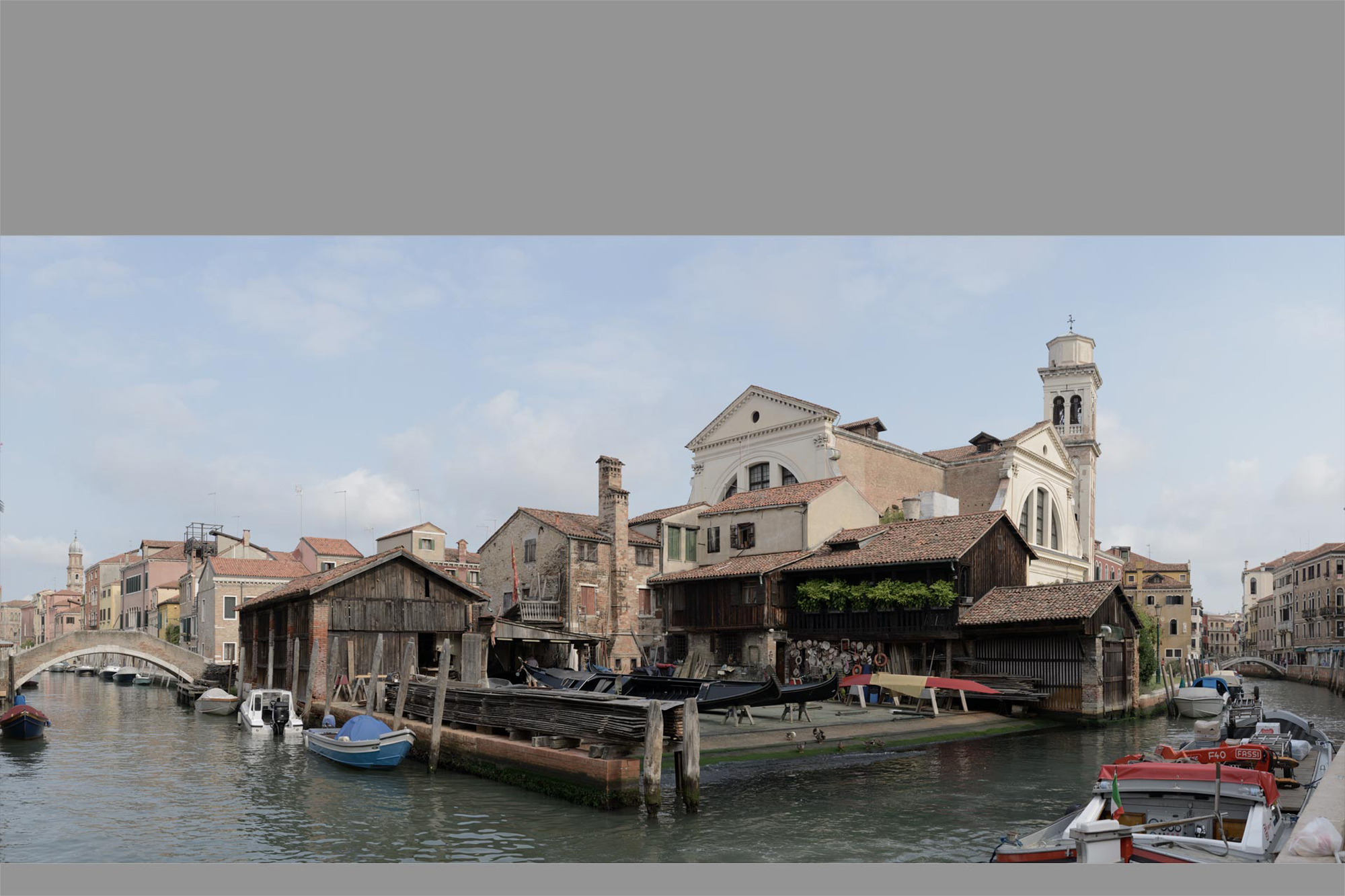
Realistically, I’m limited to recording the scene as it is; a literal picture. As a photographer, I have limited options. I can compose the subject so elements relate harmoniously to each other, wait for good light, and shoot details like people and Gondolas. This isn’t an engaging photograph; I need more than a literal recording to create an engaging picture. I can only shoot the raw material to make that compelling picture at home; photography is reduced to ‘data gathering’ the individual assets for Photoshop.
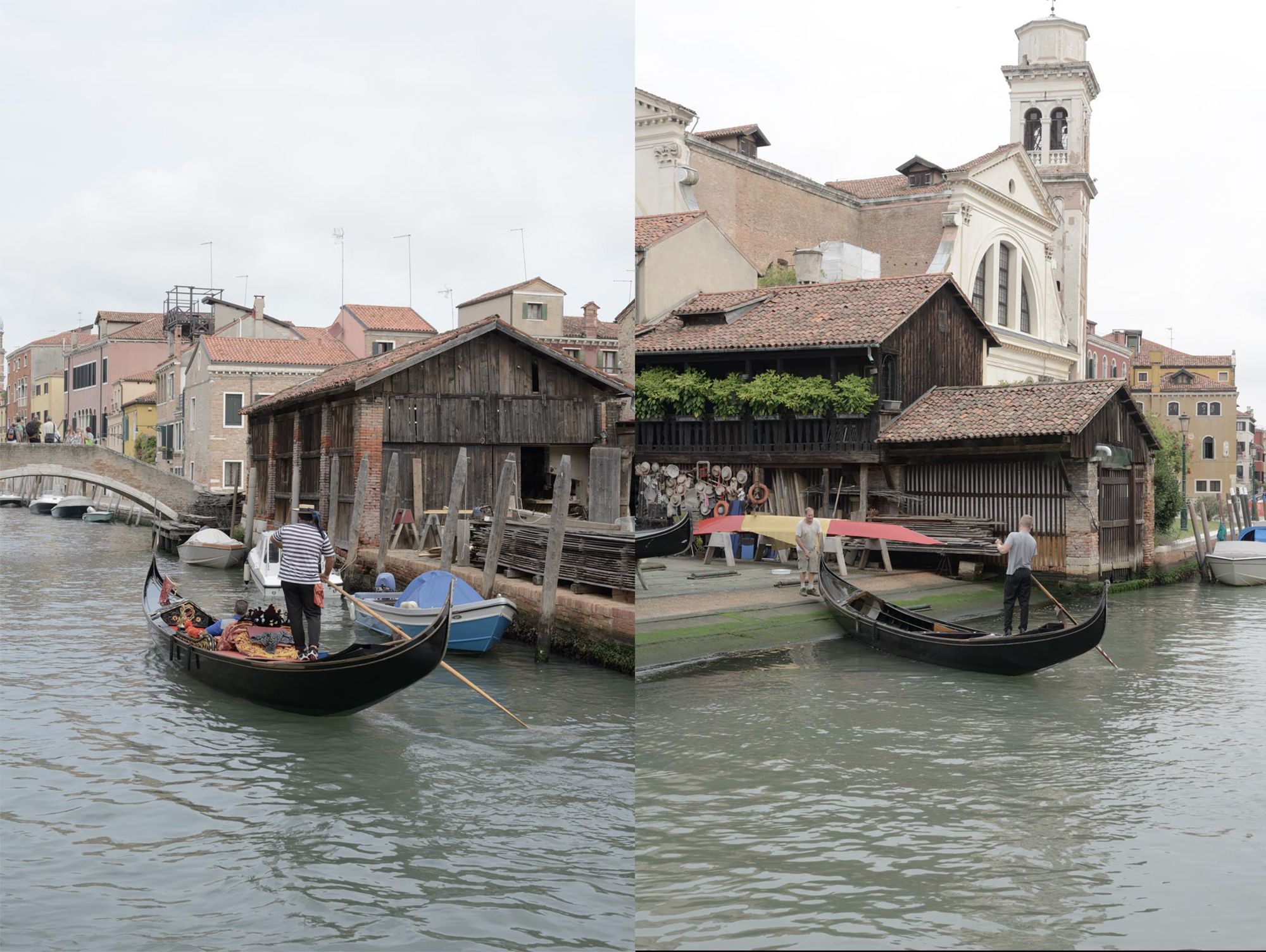
Think Of Photography As ‘Signals’
What’s the difference between the raw material I shoot and my final picture? Think of it like an electronic signal. The final image is a clean, pure, and strong signal; the raw material is polluted, confused, and weak. The more pure I make the signal, the more you understand my photograph’s concept. My picture will communicate with you, stimulate you, and then evoke a response.
A pure signal.
A pure signal starts with a clear idea – knowing what I want to communicate. What’s the signal’s content? – My concept for the picture is an impression of the Gondola factory hundreds of years ago, with the feel of an old master painting.
A clean signal.
I have a concept, but I need a cleaner signal. To clean the signal, I must remove the ‘pollution’ or ‘irrelevant conversations.’ The modern boats confuse and conflict with my historical concept, so they’re removed. Adding the people and Gondolas in action makes the picture powerfully cohesive and a self-contained ‘story.’ I have the factory where Gondolas are made, the boats in production, and the end user of the Gondolas, which the boatyard produces. The people also give the picture a feeling of momentary ‘life.’ We don’t need to go outside the picture to understand it. All the details work for the picture, not against it. It’s a clean signal.
A strong signal.
The signal is clean, but it’s weak. It must be amplified to be strong enough to stimulate the viewer and generate a response. It needs visual order, emphasis, and mood. It must be translated into a visual language that resonates with viewers at an artistic level. It’s not ‘visually readable,’ so it doesn’t communicate or stimulate; it evokes no emotional response.
Every detail fights for attention, but not all buildings are equally important. There is no order of importance or hierarchy of visual information, so I must visually distinguish between the secondary background ‘scene setting’ information and what my primary ‘hero’ is, the boatyard. Contrasting the dramatic lighting and higher contrast of my ‘hero,’ the boatyard, against the softer, undramatic, and pastel background gives my ‘hero’ visual importance and emphasis. The picture has a cohesive visual order and structure. As a viewer, you know where to look.
Without light, the picture won’t resonate with the viewers’ senses and evoke an emotional response. Light creates a mood, which gives the picture life and a feeling of momentary time. The sky is too bright, bland, and uninteresting; it needs replacing. The darker sky allows more drama in the buildings, making the sunlit areas feel more dramatic. At the same time, the edges of the clouds help guide the eye to the ‘hero,’ yet the clouds get softer and less defined near the sides of the image, so you don’t leave the picture. Creating an engaging and compelling picture is all about ‘visual management.’
The Result Is A Pure, Clean, And Strong Signal
The final photograph

The final photograph has the feel of a painting and the detail of photography. It retains a quality of realism through the light, three-dimensional form, and atmospheric distance as points of reference to understand the picture and an artistic transformation to make it thought-provoking and stimulating. Literal pictures don’t do this. Literal pictures give us ‘what we expect to see’ in a way ‘we’ve seen before.’ There’s little curiosity in seeing what we know; we must show viewers something they ‘don’t expect to see,’ an interpretation or artistic transformation, but not a literal depiction.
You may not ‘like’ the picture, but is it ‘thought-provoking? Does it ‘stimulate’ your curiosity? – If it ‘stimulated’ you, it’s a good picture.
Photography is visual and artistic language. Like written or spoken language, it must be learned. Using a pen doesn’t make us good writers; using a camera doesn’t make us good photographers. Fluency in visual language dictates whether we create good pictures. This article provides a short insight into how visual language works.
David Osborn is a professional photographer with 40 years of experience in hard news and corporate Photography and now teaches Photography and post-production full-time. As a personal tutor, David offers live online and in-person workshops teaching Artistic Knowledge, Photography Skills, and Photoshop Techniques to create beautiful, engaging travel and landscape Photography. David’s philosophy is: ‘If you know why pictures work,’ you will know how to make pictures that work. How to put creativity back into Photography and gain creative satisfaction from Photography.
David Osborn Photography, London, UK.
David’s website is www.davidosbornphotography.com, which explains details of his workshop, tutorials, and much more.
PS: Just in case I get a mad rush of Japanese interest in my workshops, I’m sorry, I don’t speak Japanese; it’s used as an analogy!
David Osborn
April 2024
London, London
A professional photographer for over 37-years. I began as a hard news photographer with Reuters News Agency in London before moving into corporate photography and worked all over the world culminating as chief photographer responsible for documenting the £4 billion, London Heathrow Airport, Terminal 5 Construction Project. I now teach photography workshops full time, passing on my years of work experience to help enthusiasts work successfully in a visual way while making their photography more artistic and creative.






